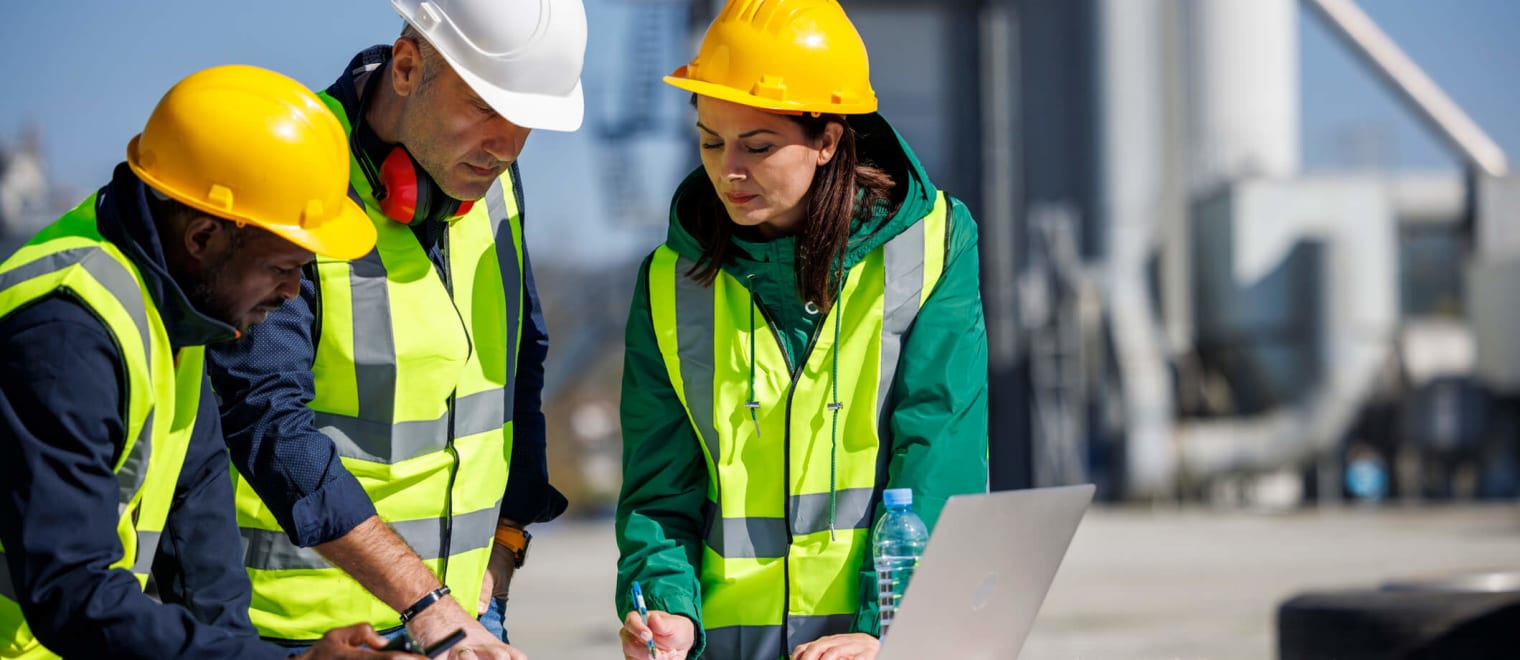This informal CPD article ‘Ensuring Industrial Safety – The SIL Assessment Techniques’, was provided by Synergen Oil and Gas UK, an independent engineering consultancy specialising in Process Safety, Technical Risk Management and Operational Safety services.
Introduction
Safety Integrity Level (SIL) determination is an extremely important risk assessment process used to evaluate whether specific SIL requirements are necessary for Safety Instrumented Functions (SIFs). This process involves assessing the likelihood and impact of hazardous events, calculating the risk reduction achieved by current protective measures, and assigning the appropriate SIL requirements to ensure compliance with standards like IEC 61508 and IEC 61511.
The SIL Assessment Process
The SIL assessment process is systematic and ensures that risks associated with hazardous events are mitigated to acceptable levels. Here is a detailed guide to conducting a SIL assessment:
1. Identifying Hazards and Assessing Risks
Hazard Identification
Identify potential hazards within the system using techniques such as Hazard and Operability Study (HAZOP), Failure Modes and Effects Analysis (FMEA), or Preliminary Hazard Analysis (PHA).
Risk Assessment
Evaluate the risks associated with each identified hazard, considering the severity of consequences and the likelihood of occurrence. Tools like risk matrices or risk graphs are often used for this purpose.
2. Determining Risk Reduction Requirements
Risk Reduction
Based on the risk assessment, determine the necessary amount of risk reduction to bring the risk to an acceptable level, comparing the existing risk level with the organization's risk criteria.
Setting SIL Targets
Define the appropriate SIL for each SIF based on the required risk reduction. The SIL target serves as a benchmark indicating the robustness needed in the safety system to manage identified risks effectively.
Methods for Setting SIL Targets
Various methods are used to determine SIL targets, each with its unique approach to evaluating and mitigating risks.
Qualitative Method: Risk Graphs
Risk graphs provide an initial screening of safety functions by evaluating factors such as consequence severity, frequency of exposure, possibility of avoiding the hazard, and the probability of the unwanted occurrence. Here’s how to use risk graphs:
1. Identify and Categorize Risk Factors
For each safety function, identify and categorize relevant risk factors: consequence severity, occupancy, possibility of avoidance, and demand rate.
2. Assign Categories
Assign specific categories to each risk factor based on characteristics of the hazardous event.
3. Plot on the Risk Graph
Plot the risk factors on the risk graph to determine the required SIL.
Semi-Quantitative Method: Layer of Protection Analysis (LOPA)
LOPA offers a detailed and accurate assessment by evaluating the cumulative effect of all Independent Protection Layers (IPLs). The process involves:
1. Identifying Hazard Scenarios
Begin by identifying potential hazard scenarios and initiating events.
2. Setting Target Risk Levels
Define the target risk level using risk matrices and risk tolerability frameworks.
3. Analyzing Initiating Events and IPLs
Determine the frequency of initiating events and list all existing IPLs.
4. Evaluating IPL Effectiveness
Assess the effectiveness of each IPL by calculating its Probability of Failure on Demand (PFD).
5. Determining Risk Reduction
Calculate the overall risk reduction achieved by the combination of IPLs.
6. Comparing with Risk Tolerance Criteria
Compare the residual risk with the organization's risk tolerance criteria to determine if additional risk reduction is necessary.
Quantitative Method: Fault Tree Analysis (FTA)
FTA provides a detailed quantitative assessment of system reliability by identifying root causes of potential failures. The process includes:
1. Defining the Top Event
Clearly define the undesired top event or system failure.
2. Identifying Intermediate and Basic Events
Break down the top event into intermediate and basic events.
3. Constructing the Fault Tree
Use logical gates to connect intermediate and basic events, creating a visual representation of failure pathways.
4. Quantifying Probabilities
Determine the probability of occurrence for each basic event and calculate the likelihood of intermediate and top events using Boolean algebra.
5. Analyzing Results
Analyze the fault tree to identify critical basic events and failure pathways, prioritizing risk reduction measures to determine the appropriate SIL.
Conclusion
Determining the appropriate SIL for SIFs is vital for ensuring the reliability and safety of industrial processes. Methods like Risk Graphs, LOPA, and FTA offer structured approaches to evaluating and mitigating risks, each with its unique strengths. Understanding and applying these methods help organizations achieve compliance with safety standards, optimize maintenance plans, and enhance overall safety performance.
We hope this article was helpful. For more information from Synergen Oil and Gas UK, please visit their CPD Member Directory page. Alternatively, you can go to CPD Industry Hubs for more articles, courses and events relevant to your Continuing Professional Development requirements.













